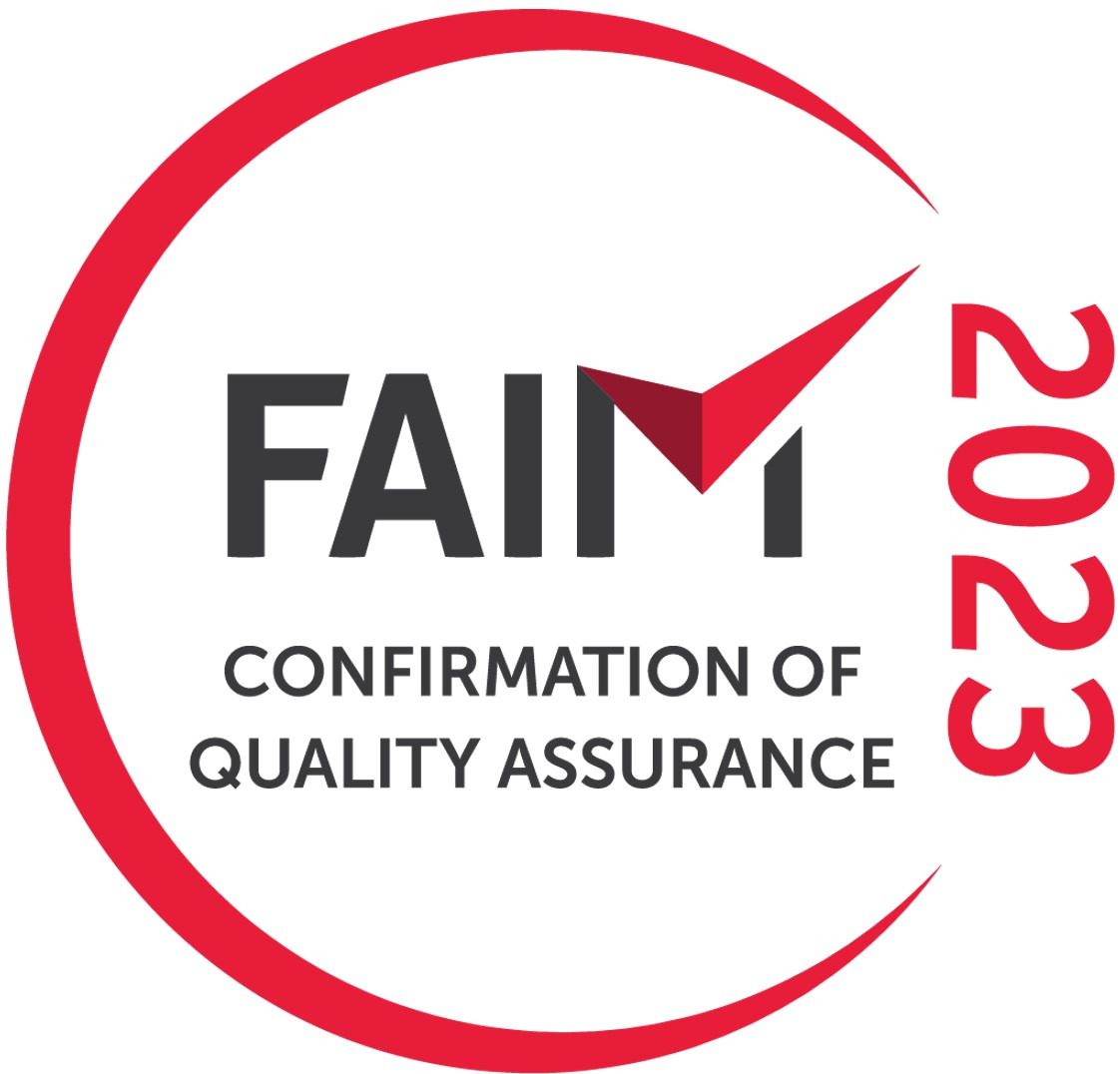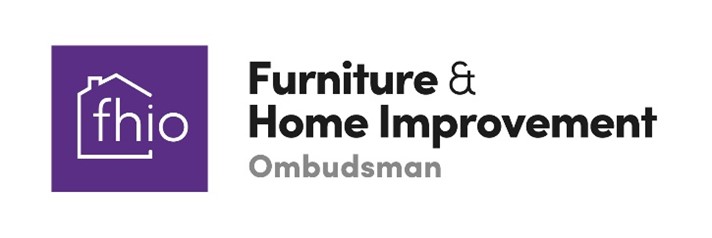When planning your relocation, you will need to think about insuring your international move. Your moving company should be able to help you with this and provide guidance and a quotation.
Valued Inventory
There are usually two methods of insuring your international move. The first is calculated using a valued inventory. You will be asked to complete an Insurance Proposal Form declaring the approximate value for each item. When doing this, make sure to consider the replacement cost of the item at your destination and not the initial price you paid for it. This is because in the unlikely event that you do need to claim on your insurance, you will want to be able to make sure you will be able to replace the item in your new home. Some electrical items for can be more expensive in Australia for example so research online if possible so that you can declare an accurate amount.
When completing your valued inventory, you should be able to ask your Move Manager for help completing the form at any point. If you are grouping items together, such as paintings for example, make sure to list any items that are more valuable than the others separately.
Lump Sum Insurance
The second method of insuring your international move is called lump sum insurance and is an often quicker and easier way to arrange your insurance. This is worked out on an average cost per cubic foot or cubic metre. You may also be required to list certain high value items separately. Although this method can be quicker, the valued inventory is usually the recommended way to insure your international removal as it provides a more accurate valuation of your household shipment.
Storage Insurance
Some policies will include a certain period of insurance cover whilst goods are in storage (for example 60 days storage insurance). Make sure to check this is included and also arrange insurance extension if you will be storing your items for a long term period.
Exclusions
International removal companies will often offer various options for insurance such as including typical exclusions in a package such as ‘mechanical derangement’. In any case, make sure to always check if there are any exclusions in your cover and consider if you would like them to be covered in your policy.
A few other things to look out for when insuring your international move include checking if there is any administration fees. In addition, check that the policy is for a full door to door coverage and not just door to port.
Insurance Certificate
After accepting your insurance quote and in most cases, providing a valued inventory, you will then be issued an insurance certificate. Of course, make sure to keep this document in a safe place. Your moving company should also keep a copy on your file.
Terminology for Insuring Your International Move
There are some insurance terms you may wish to become familiar with:
Mechanical Derangement = cover for electrical equipment which does not operate after transit.
Pairs and Sets = cover to include replacement for a whole set of items if only part of the set is lost/ damaged.
Mold and Mildew = cover for mold and mildew.
IPT = Insurance Premium Tax
Self-Pack Insurance
If you are packing your shipment yourself, most providers will be able to offer a Self-Pack insurance option which will usually be for Total Loss only. As a general rule, this would be door to door cover for any lost items.
If you need any advice on insuring your international move, make sure to contact us. Helpful advisers are always on hand to provide information and guidance regarding international removals insurance.
















